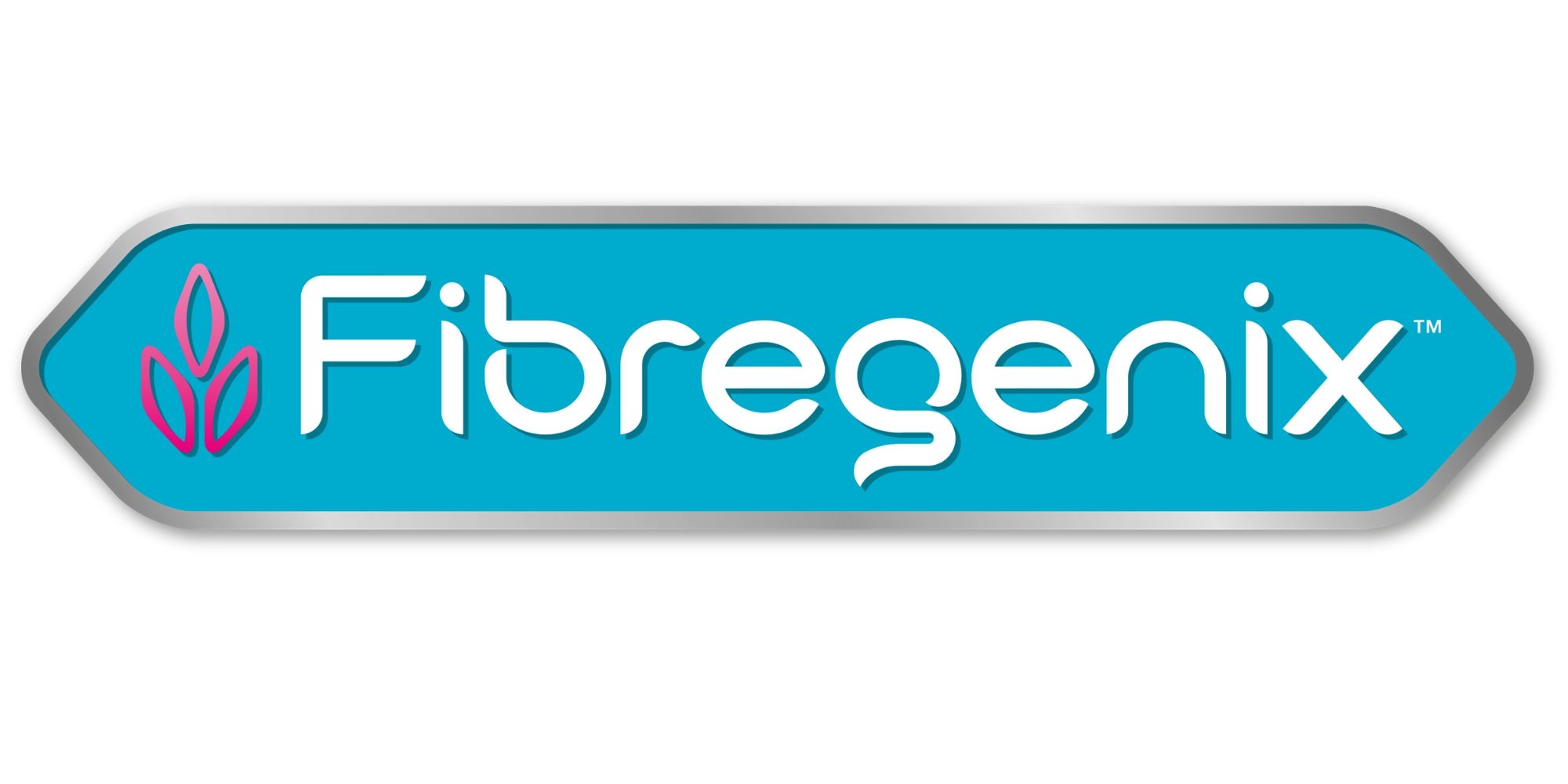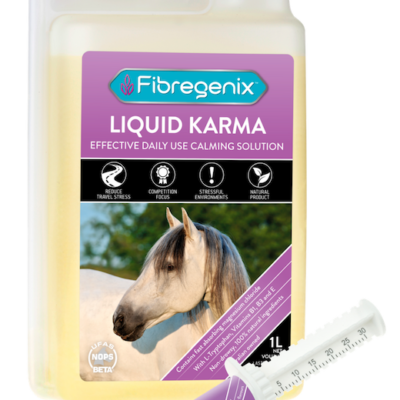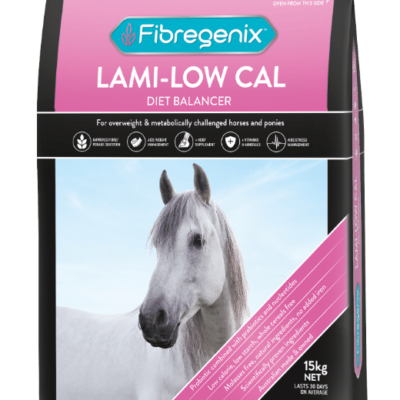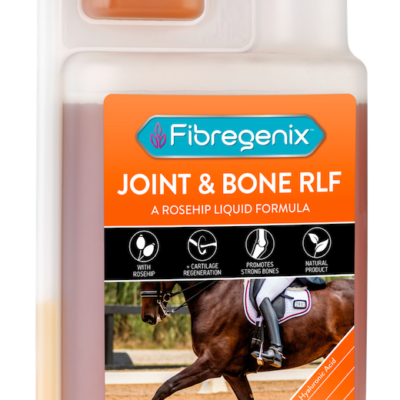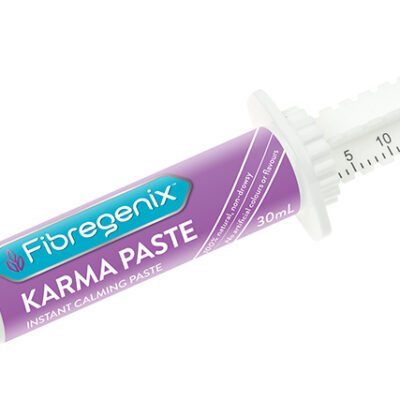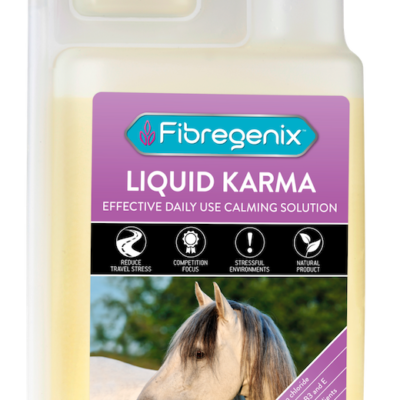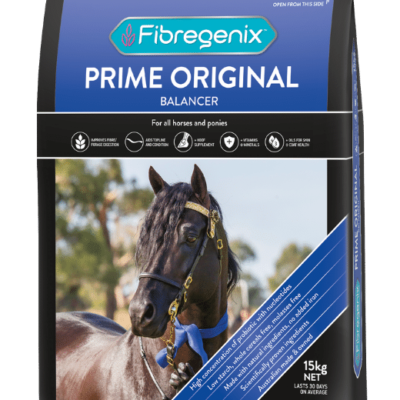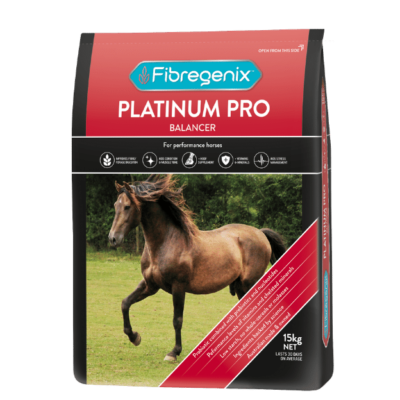How to Feed Horses with 4 Common Health Conditions
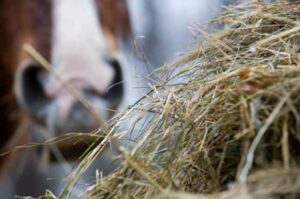 Studies have proven a direct link between diet and disease in horses. This means that improving the condition can often be achieved by adjusting the diet. Here’s how to feed horses with 4 common health conditions.
Studies have proven a direct link between diet and disease in horses. This means that improving the condition can often be achieved by adjusting the diet. Here’s how to feed horses with 4 common health conditions.
1. Gastric Ulcers
What to feed
Free-choice forage: Provide free-choice forage to help buffer the acid juices in the stomach.
Lucerne: A valuable source of protein and calcium, particularly effective at buffering the stomach from its own acidic contents.
Gastroprotective supplements: Choose those backed by science and give them based on your vet’s advice.
What to avoid
Lots of concentrates: High NSC feeds increase volatile fatty acid (VFA) production. VFAs are essential for fermenting fibre in the hindgut (the cecum and large colon). Conversely, too much in the foregut damages the stomach’s protective mucosal lining = inflammation and ulceration.
Low-fibre diets: Horses eating < 1% of their body weight in forage daily are at increased risk of gastric ulcers.
2. Metabolic disorders
These include insulin dysregulation (ID), equine metabolic syndrome (EMS) and laminitis. Obesity is the top cause of metabolic dysregulation, so diet has the single biggest impact on prevention/management.
What to feed
Enough to meet nutritional requirements: Don’t starve obese and laminitic horses. Restricting a horse’s feed intake too much can lead to secondary health problems. Examples – gastric ulcers, colic, nutritional deficiencies, weight loss, muscle wasting, and behavioural issues.
Low-NSC forage: Prioritize good-quality hay over grass as fresh grass generally has high sugar levels. You may need to limit or skip grass intake altogether. Test hay to ensure NSC levels are low enough to safely feed your metabolically challenged horse.
Soaked hay: This can be done for 30 minutes to an hour before feeding reducing its sugar content. Soaking for longer periods of time (2+ hours) can leach vitamins and minerals out of the hay.
Feed balancer instead of concentrates: (You knew it was coming!) Some horses don’t need extra calories from hard feed. For these types, complement their forage-based diet and meet their essential daily nutrients by feeding one of our balancers.
Frequent small meals Yes, some horses may need concentrates to meet calorie needs. Always provide this in small meals (< 1.1 gram/kilogram of body weight per meal) to avoid causing high levels of insulin.
Fat for additional calories Unlike NSC, dietary fat isn’t associated with an increased risk of developing laminitis. Nor does it contribute to ID or EMS either.
What to avoid
More calories than necessary Overweight horses should operate at a caloric deficit to shed excess pounds.
Lots of concentrates: because the starch and sugar rush = an insulin spike that can lead to ID.
Lots of sugar-rich treats Forget the carrots and other treats which can contribute to ID in at-risk horses.
Horses or ponies with PPID (Cushing’s disease – often, but not automatically, associated with ID.) If there’s no ID, you can feed your Cushing’s horse like a regular senior citizen. But before planning your PPID horse’s diet, get a blood test done to assess insulin status to find out if he also has ID.
3. Respiratory problems
Management and medication are the primary ways to manage equine respiratory conditions such as asthma/COPD. However, certain dietary adjustments can also help horses breathe easier.
What to feed
Fresh grass, assuming your horse doesn’t have pasture associated asthma. Fresh pasture generally contains high levels of two important antioxidants: beta-carotene (a vitamin A precursor) and vitamin E. Vitamin E is known to prevent inflammation.
Soaked or steamed hay to reduce dust and mould particles that irritate your horse’s airways.
What to avoid
Round bales: notorious for being dusty in the middle.
Hay directly on the ground: especially when dry yarding, which increases your horse’s inhalation of dirt particles.
Pro-inflammatory ingredients: Most commonly used fats in hard feeds contain high levels of pro-inflammatory omega-6 fatty acids than omega-3. Cereal grains are the same. So if your horse has inflamed airways, make sure his diet contains more antioxidants and Om3, than pro-inflammatory agents. Especially important if hay is your horse’s main forage source.
4. Dental problems
What to feed
Soaked grain It’s easier to slurp soup than munch hard feed.
Processed forage eg hay cubes/pellets, instead of long-stemmed hay that requires extensive chewing. Soak before feeding.
What to avoid
Dry beet pulp Better to soak.
A grain-only diet Don’t skimp on forage because your horse struggles to chew hay. Find alternative forage sources.
Take home message:
